Title: The Intersection of Real-Life Football and Virtual Gaming: A Comprehensive Guide to the 'Real' in '2012'
As the world eagerly anticipated the grand finale of the 2012 FIFA World Cup, fans everywhere were captivated by an ambitious event that blurred the lines between reality and virtual gaming – the highly anticipated 'Real' Football 2012 tournament.
"Real" Football 2012 was not just another installment of the beloved soccer simulation franchise, but it marked a groundbreaking collaboration between renowned football clubs from around the globe, cutting-edge technology, and state-of-the-art stadiums. The match would bring together teams from across different continents, showcasing the very best talent in the sport, as well as setting new standards for live sports streaming and real-world club integration.
In essence, 'Real' Football 2012 was the ultimate embodiment of the fusion of two vastly contrasting worlds: the physical beauty of the pitch, with its vivid colors and dynamic movements; and the immersive digital realm, where players controlled their favorite clubs through engaging video games.
To preview the full spectacle of this historic event, we'll delve into some key aspects of the 'Real' aspect of '2012':
1、Fan Experience at Soccer Stadiums:
The backdrop of the 'Real' aspect of '2012' was the breathtaking venues hosting the matches, each designed to simulate the real-life experience of being inside the pitch itself. These iconic soccer arenas, such as the famous Wembley Stadium in London, Emirates Stadium in Dubai, or Allianz Arena in Munich, were transformed into vibrant, fully immersive interactive spaces, complete with authentic player animations, cheering crowds, and audiovisual effects.
球迷们 were treated to a true-to-life atmosphere that felt like they had been transported straight out of a UEFA Champions League match. Surrounding them were advanced technological systems that enabled seamless match-day registration, ticket purchase, and real-time stadium updates, ensuring that everyone could be part of the action even if they were physically present.

2、Live Streaming via Mobile Devices:
While the 'Real' aspect was primarily focused on the arena experiences, '2012' also introduced innovative advancements in live streaming technology. With mobile devices now widely used for access to sports content, viewers could immerse themselves in the game seamlessly, catching every moment with friends, family, or fellow fans from all corners of the globe.
Several apps, such as Watch Sports Now, ESPN+, or Amazon Prime Video, provided access to live streams of 'Real' Football 2012 matches directly from their respective platforms. These services utilized state-of-the-art streaming algorithms and technologies, allowing users to stream matches in high definition (HD) with crystal-clear sound quality, offering unparalleled viewing experience.
3、Virtual Reality Technology:
Another significant aspect of '2012' was the integration of virtual reality (VR) technology. As more and more football matches began to incorporate VR elements, spectators could virtually step onto the field and become a part of the action. With headsets integrated with smartphones, players were able to navigate the球场, strategize during practice sessions, and interact with other virtual characters who represented the opposing team.
Moreover, some matches featured immersive AR and VR overlays, which allowed fans to explore historical moments, iconic locations, or even take a behind-the-scenes tour of the players' personal lives within the digital space.

4、Interactive Contests and Prizes:
At the heart of 'Real' Football 2012, participants not only watched matches but also engaged in interactive contests and prize-giving opportunities. Organizers created virtual competitions, such as 'Matchday Quiz', 'Goalie Challenge', and 'Goal Scoring Conquest,' encouraging fans to test their knowledge of the sport while also fostering camaraderie and excitement.
Throughout the tournament, various sponsors offered unique rewards and incentives, including merchandise discounts, exclusive digital content, and the chance to secure real-life jerseys or signed memorabilia. This multi-faceted approach played a crucial role in generating buzz and capturing the attention of fans who were eager to experience 'real' football alongside a thrilling virtual experience.
5、Impact on the Industry:
'Real' Football 2012 represented a paradigm shift in how sporting events were produced, consumed, and celebrated. It showcased the potential of combining the power of technology with the allure of real-world fan experiences, paving the way for future innovations in live streaming, virtual reality, and gaming integration in the sports industry.
From enhancing the fan experience to transforming the live broadcast process, 'Real' Football 2012 marked a significant milestone in the development of modern football and the entertainment industry. It demonstrated that virtual sports could deliver an authentic, immersive, and accessible version of the sport, inspiring fans and setting new benchmarks for what's possible when the boundaries of reality and virtuality merge.

Conclusion:
With 'Real' Football 2012, fans experienced the spirit of the game like never before, with the visual prowess of realistic stadiums combined with the captivating immersion of virtual gaming. This unprecedented collaboration between football clubs, technology, and sports media revolutionized the way people consumed and engaged with sports content, creating a new era of hybrid reality-based experiences.
As the world eagerly awaits the next installment of the FIFA World Cup, the legacy of 'Real' Football 2012 will remain a testament to the power of innovation, connectivity, and creativity in pushing the boundaries of traditional sports storytelling and forging a new path for the future of sports entertainment.
转载请注明来自聚应用,专业应用分发平台,本文标题:《当现实世界与虚拟竞技完美交融——实况足球2012》



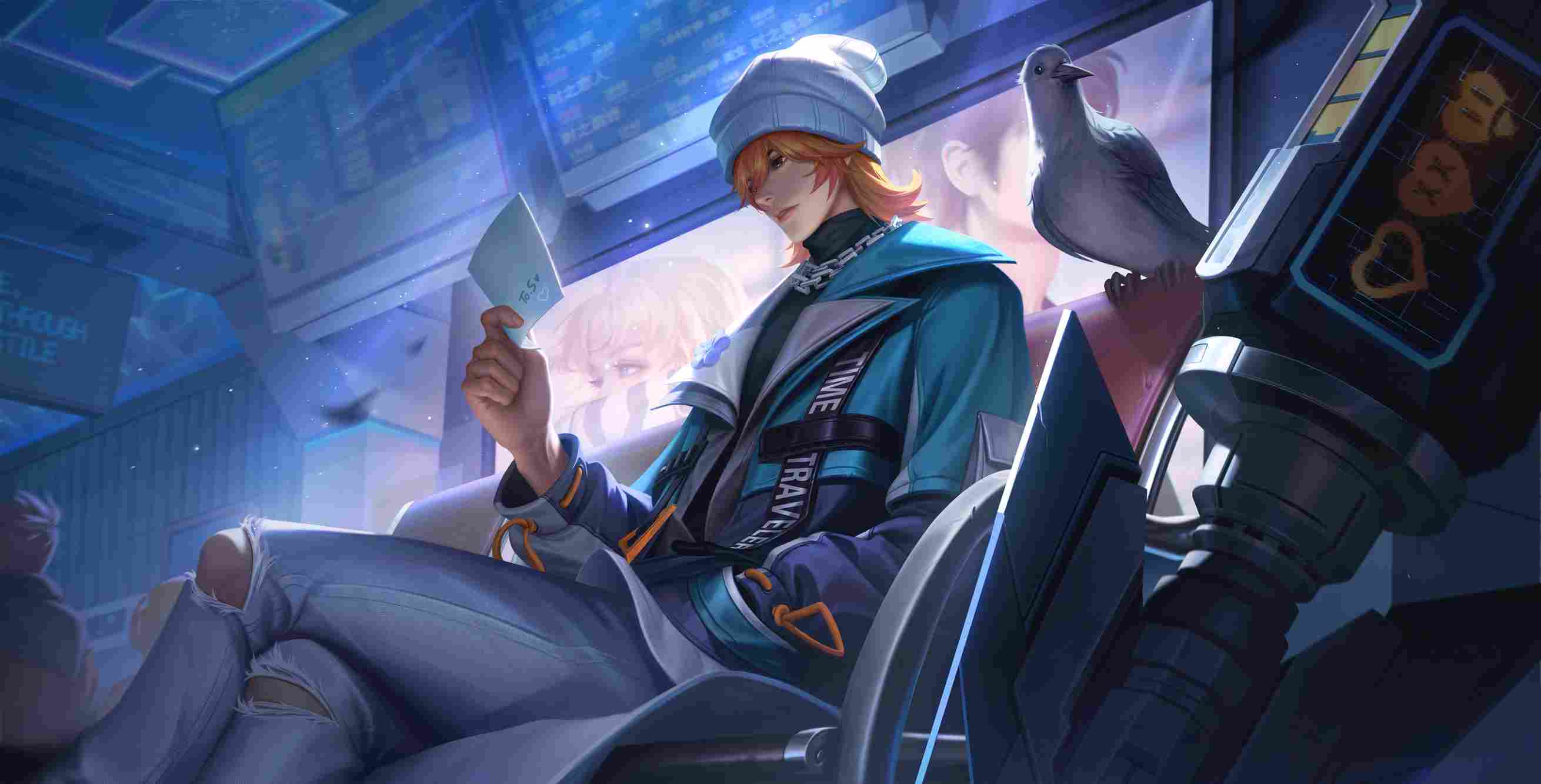
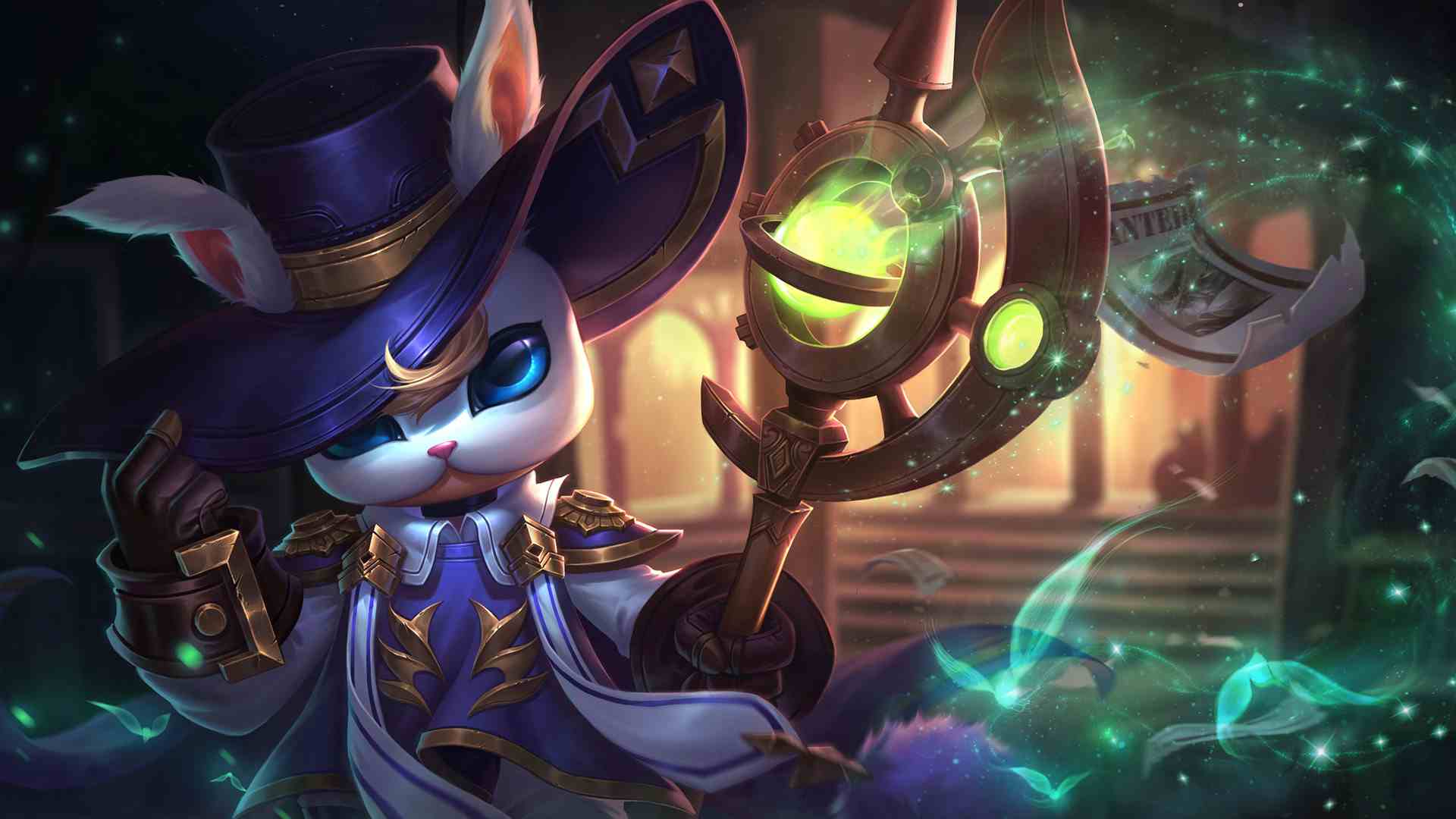
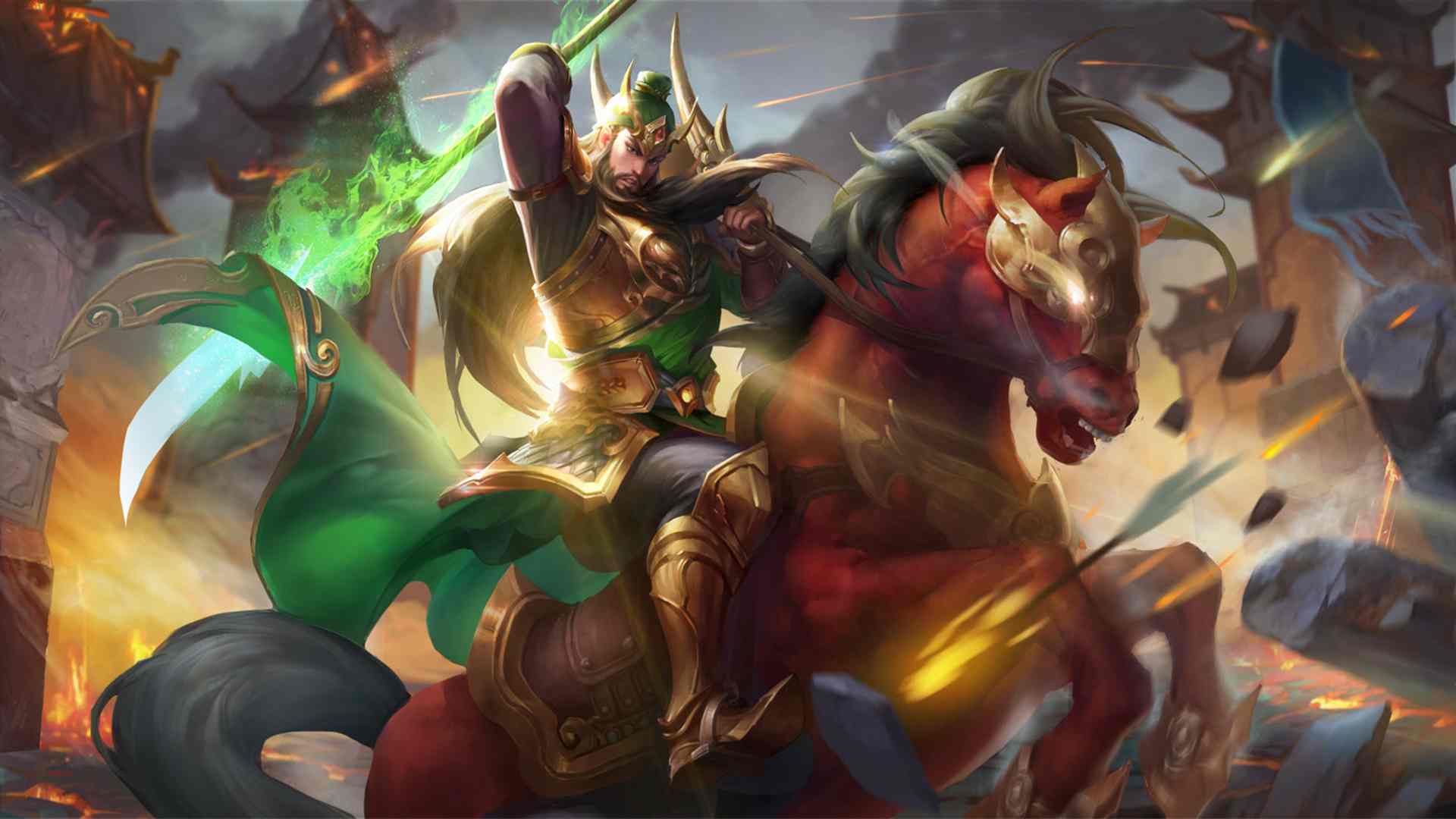


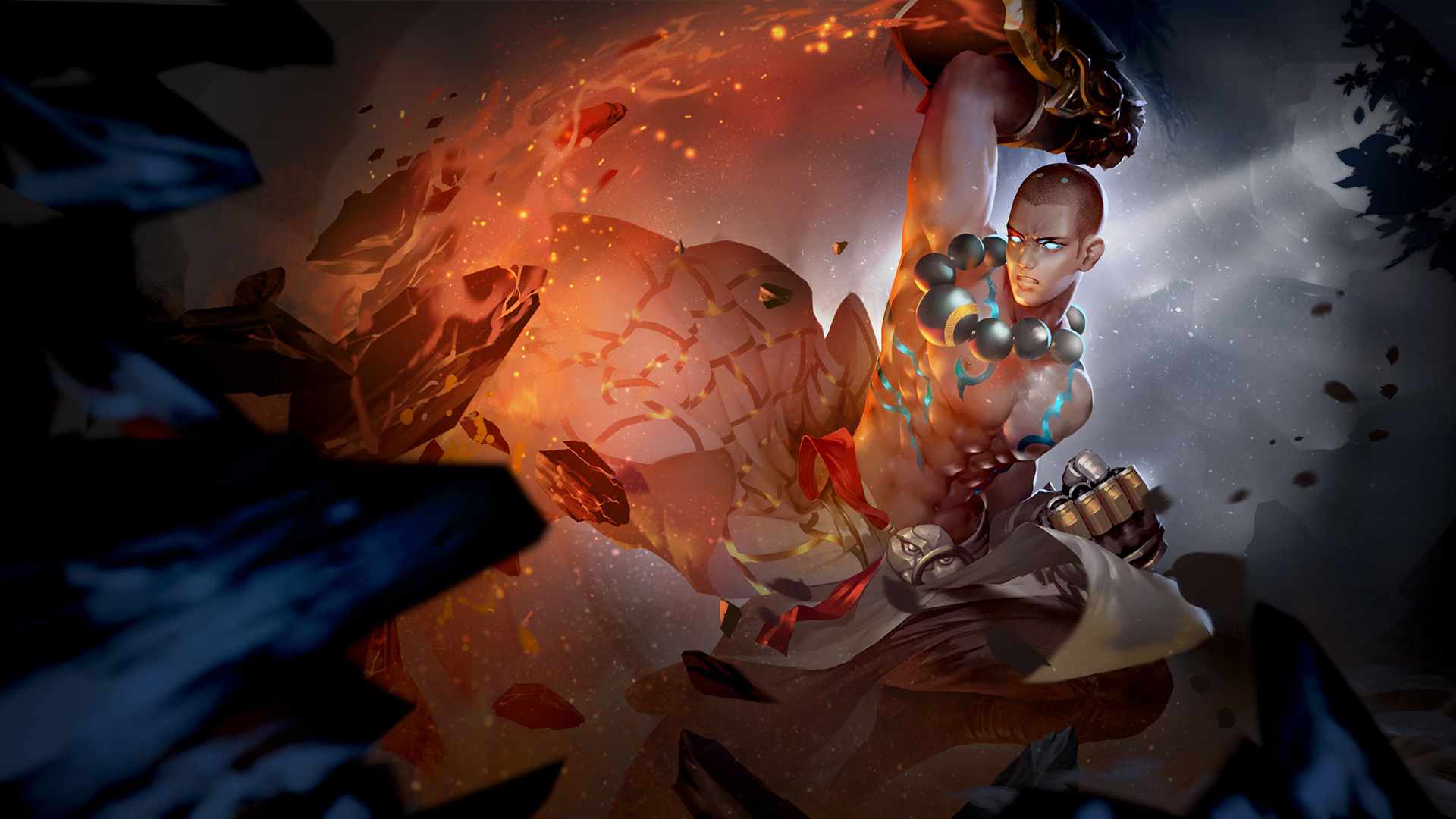



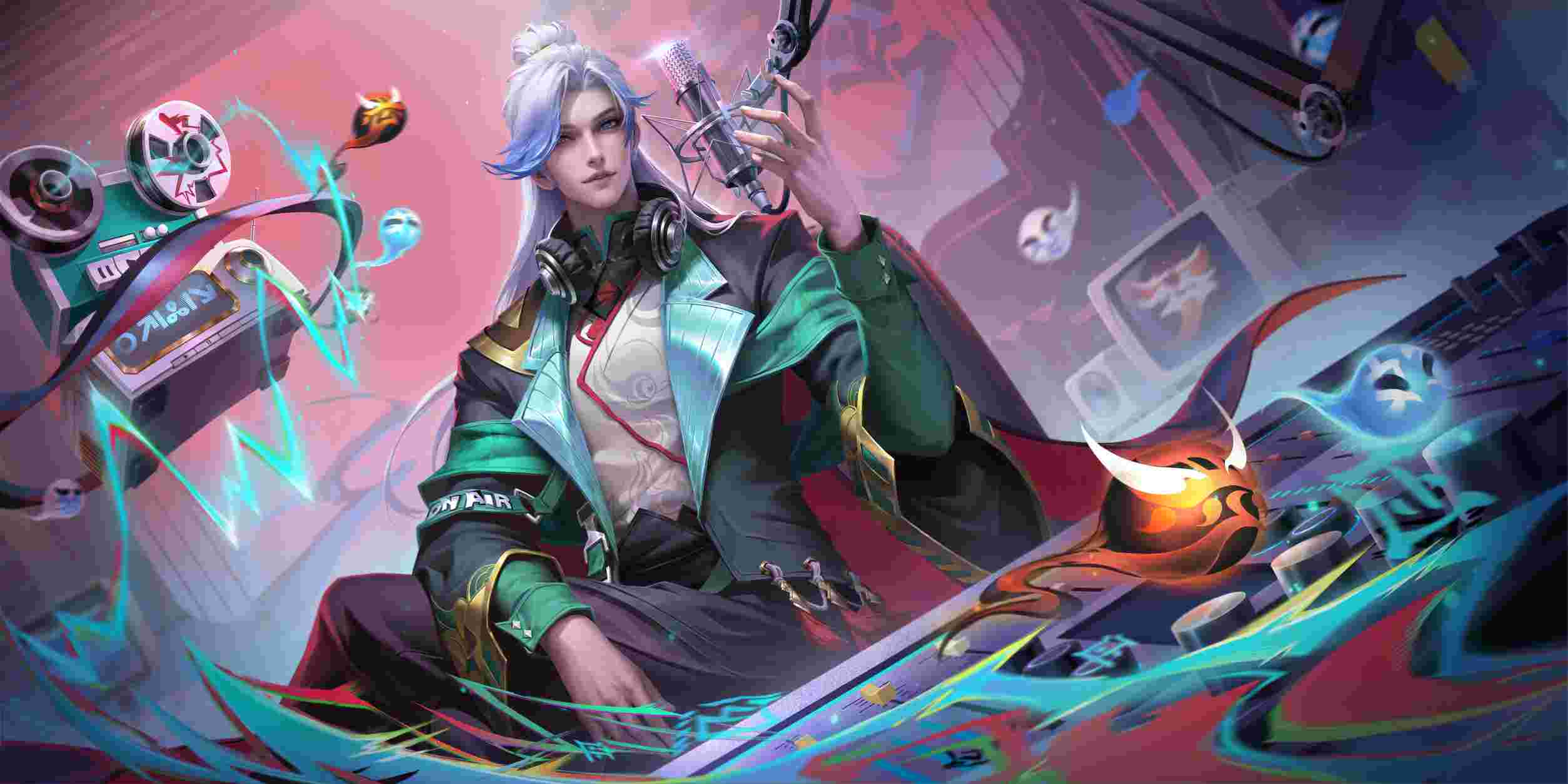
发表评论